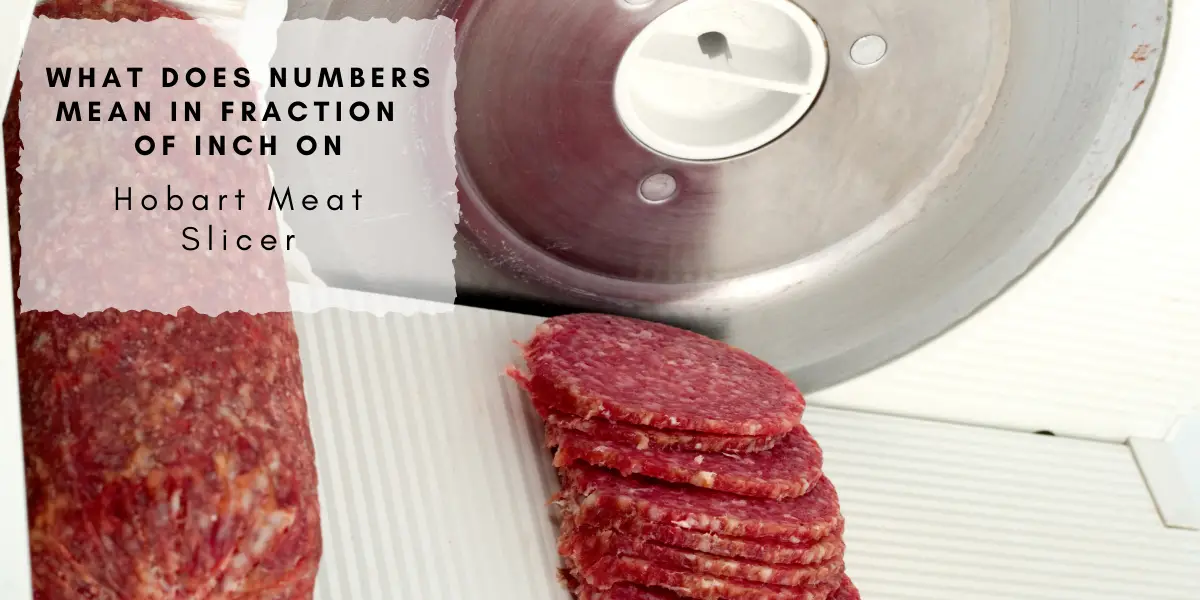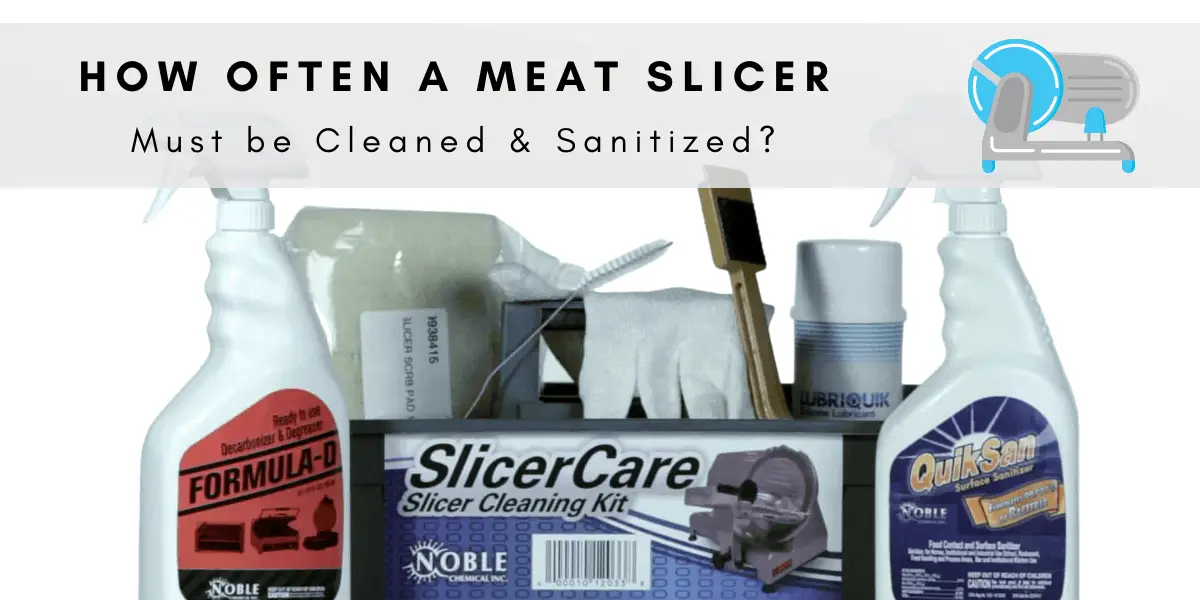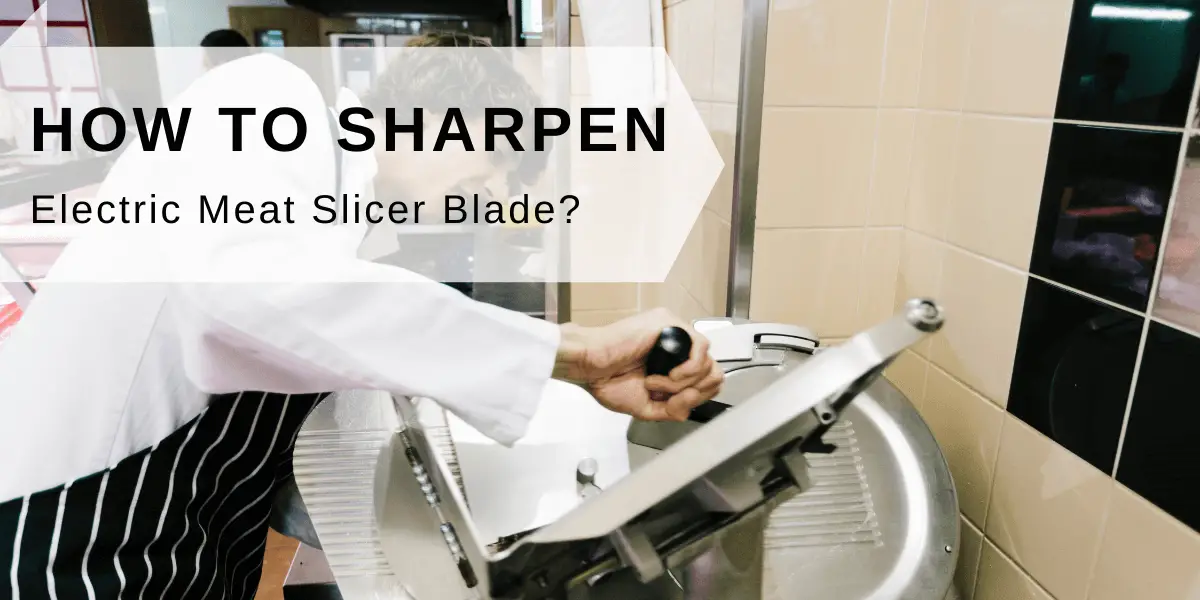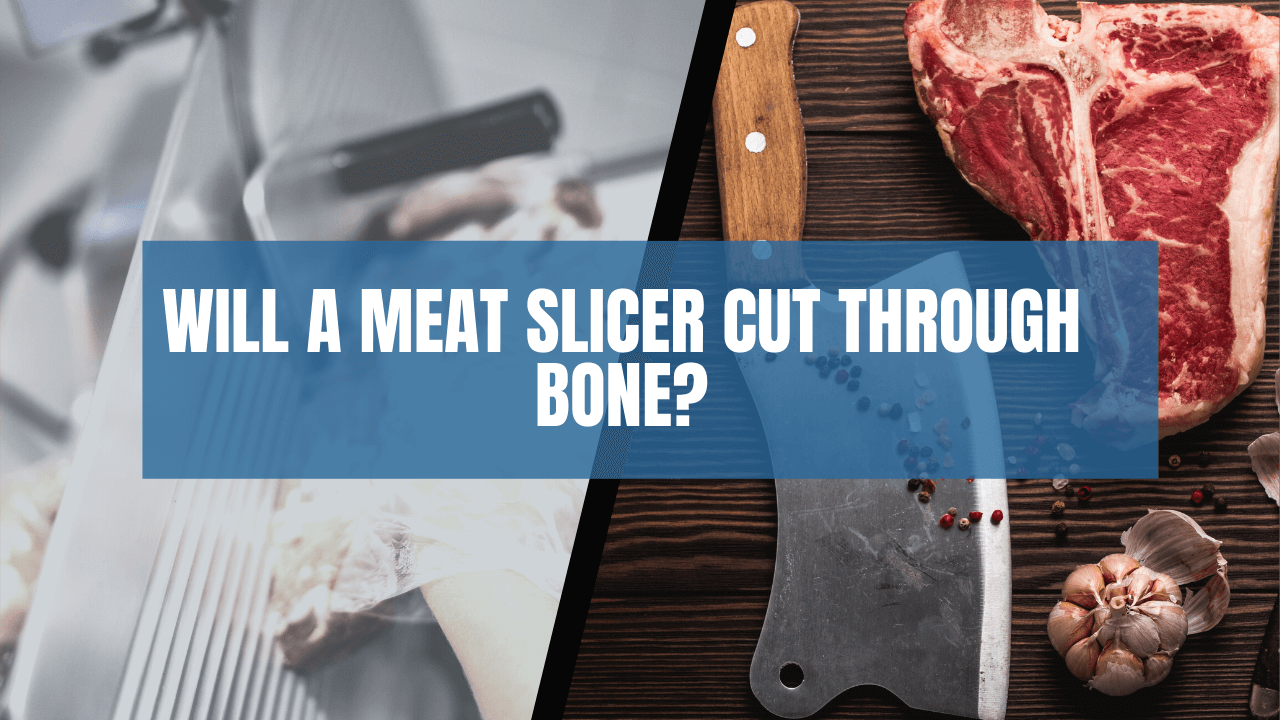Cleaning the Vevor Meat Slicer is crucial to maintaining its performance and ensuring food safety. To clean the slicer, turn off and unplug the machine, set the thickness regulator to zero, and use a damp cloth with detergent to wipe the entire machine. Be sure to remove the blade cover and clean the blade separately, taking necessary precautions. Avoid using harsh chemicals or abrasive products. Regular maintenance, such as lubricating the guide, and pusher axles, and localizing the head, is also important. Remember to sharpen the blade daily and follow safety guidelines.
Vevor Meat Slicer: Excellent Performance and Versatility
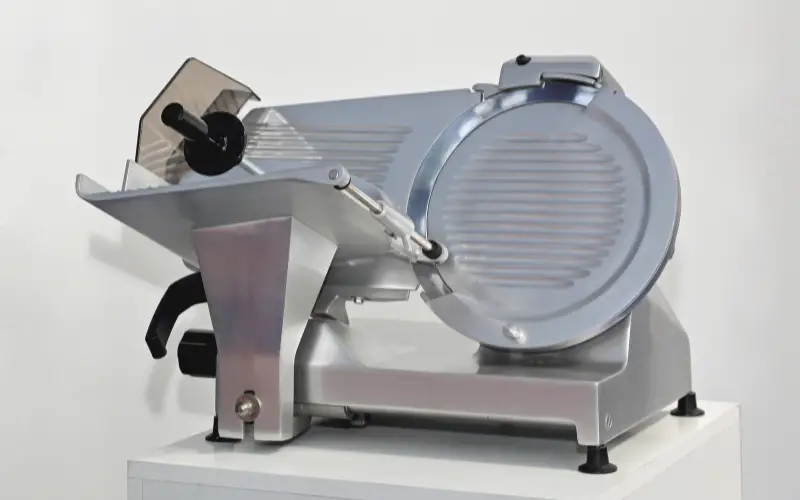
The Vevor Meat Slicer is a remarkable kitchen tool with excellent performance, precise slicing, and a compact design suitable for home and commercial use.
Excellent Performance and Construction
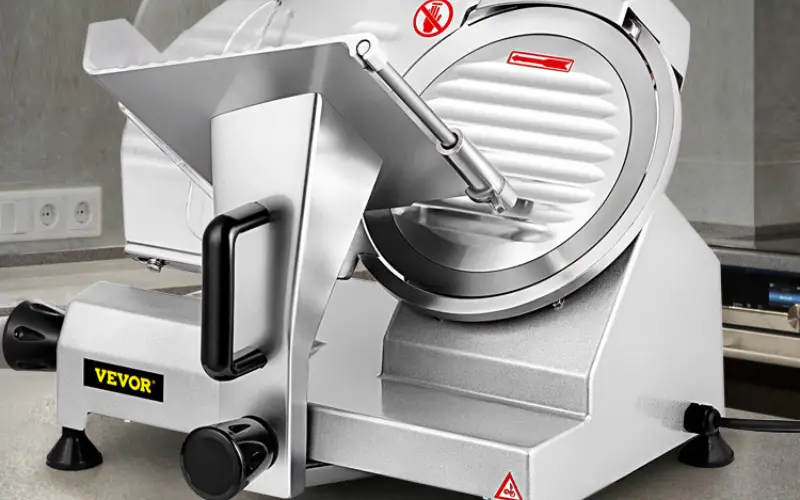
Construction and Durability
- Constructed with a robust cast aluminum body, the Vevor Meat Slicer is rust-proof, corrosion-proof, and easy to clean.
- The 12-inch diameter chromium-plated steel blade features a sharp edge, ensuring quick and efficient slicing.
How to Clean Your Vevor Meat Slicer
Regular cleaning of your Vevor Meat Slicer is crucial to maintain its performance, hygiene, and longevity. The step-by-step instructions on how to effectively clean your slicer, emphasize precautions and best practices. Follow these guidelines to ensure your Vevor Meat Slicer stays in pristine condition.
Prepare for Cleaning
Turn off and unplug the machine
- Before starting the cleaning process, ensure the slicer is powered off and unplugged.
Set the slicer thickness regulator to the zero position
- Adjust the slicer thickness regulator to the zero position to ensure safety during the cleaning process and prevent accidental adjustments.
Avoid Harsh Chemicals and Abrasives
Never use chemical or abrasive products
- It’s important to avoid using harsh chemicals or abrasive products as they can damage the slicer’s components.
Avoid using brushes or utensils
- Similarly, refrain from using brushes or utensils that may cause harm to the slicer. Opt for soft materials instead.
Clean the Slicer

Dampen a cloth with detergent or warm soapy water
- Use a cloth dampened with mild detergent or warm soapy water to clean the slicer. This will help remove dirt, grime, and food residue.
Wipe the entire machine, including the blade cover and product carriage
- Thoroughly wipe all surfaces of the slicer, including the blade cover and product carriage. Pay attention to hard-to-reach areas where food particles might accumulate.
Ensure thorough cleaning of all surfaces
- Take your time to ensure all surfaces of the slicer are thoroughly cleaned. This will help maintain hygiene and prevent the buildup of bacteria.
Dry the machine completely to prevent moisture buildup
- After cleaning, make sure to dry the slicer completely to prevent moisture buildup. Moisture can lead to rust or damage to the slicer’s components.
Blade Cleaning
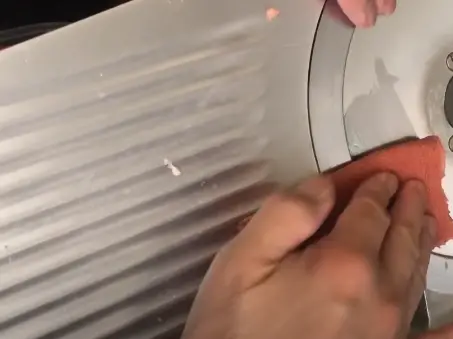
With caution, remove the blade cover from the blade
- Exercise caution when removing the blade cover from the blade to prevent any accidents. Be mindful of the sharp edges.
Clean the blade carefully, following these precautions:
1. Wear a safety glove
- Put on a safety glove before handling the blade to protect your hands.
2. Avoid touching the blade’s edge.
- Take extra care to avoid direct contact with the blade’s edge to prevent any injuries.
3. Take extra care as blade cleaning can be dangerous.
- Cleaning the blade requires extra attention due to its sharpness. Proceed with caution and prioritize safety throughout the process.
Maintenance Tips for Your Vevor Meat Slicer: Ensuring Longevity and Performance
Proper maintenance of your Vevor Meat Slicer is key to ensuring its longevity and optimal performance. From blade rustproofing to guide and pusher axle lubrication, follow these steps to maintain the functionality and efficiency of your Vevor Meat Slicer.
Blade Rustproofing
After each use, dry the blade with a cloth
- After using the slicer, ensure the blade is thoroughly dried using a clean cloth. This helps prevent moisture accumulation and the onset of rust.
Apply cooking oil to the blade’s edge using a dry cloth
- Using a dry cloth, apply a small amount of cooking oil to the edge of the blade. This acts as a protective layer, preventing rust formation and maintaining the blade’s sharpness.
Sharpen the blade daily to prevent rust
- Regularly sharpening the blade is crucial to prevent rust and maintain its cutting efficiency. Make it a daily practice to ensure optimal performance.
Guide Lubrication
Push the carriage to one side and clean the guide’s grease dirt using a dry cloth
- Move the carriage to one side and clean any accumulated grease or dirt from the guide using a dry cloth. This helps maintain smooth movement and prevents any hindrances during slicing.
Apply grease to the guide’s surface using your fingers, ensuring even distribution
- Using your fingers, apply a small amount of grease onto the guide’s surface. Ensure even distribution to facilitate smooth gliding of the carriage during operation.
Lubricate the guide once a week for optimal performance
- To maintain optimal performance, it is recommended to lubricate the guide once a week. Regular lubrication ensures smooth movement and reduces friction, contributing to the slicer’s efficiency.
Pusher Axle Lubrication
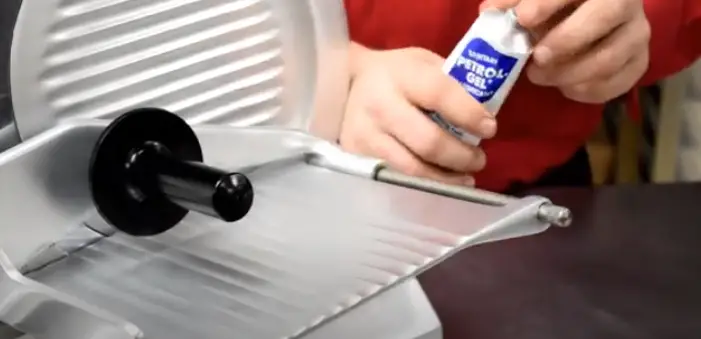
Clean the pusher with a dry cloth
- Before lubrication, clean the pusher thoroughly using a dry cloth. This removes any debris or food particles that may affect its function.
Apply cooking oil to both axles
- Apply a small amount of cooking oil to both axles of the pusher. This lubricates the axles and facilitates smooth movement during slicing.
Lubricate the axles every week
- To maintain optimal performance, lubricate the pusher axles every week. Regular lubrication ensures smooth operation and prevents unnecessary friction.
Blade Sharpening
Sharpen the blade when the slicer’s thickness is uneven or the slices are broken
- Regularly inspect the slicing results and sharpen the blade when you notice uneven thickness or broken slices. This ensures consistent and precise cuts.
Clean the edge of the blade before sharpening
- Before starting the sharpening process, clean the edge of the blade using a cloth to remove any residue or debris. This allows for better sharpening results.
Pull out the sharpener and lubricate the axles
- Carefully pull out the sharpener from its housing and lubricate the axles using a small amount of oil. This ensures smooth movement and optimal sharpening.
Rotate the sharpener 180° and press the right side stone against the blade’s surface
- Rotate the sharpener 180°, positioning the right side stone against the surface of the blade. This allows the sharpening process to begin.
Ensure a close nesting of the stone and blade surfaces. Adjust if necessary
- Ensure that the stone is closely nested against the blade’s surface for effective sharpening. Adjust the positioning if required, maintaining a proper contact angle.
Turn on the power and let the blade work for 1-2 minutes, checking for sharpness
- Switch on the power and let the blade rotate for 1-2 minutes, monitoring its sharpness. Pay attention to the cutting performance and adjust if further sharpening is needed.
Press the left side stone down to remove burrs
- Press the left side stone down to remove any burrs that may have formed during the sharpening process. This helps refine the blade’s edge and ensure smooth slicing.
Return the sharpener to its original position after sharpening
- After completing the sharpening process, carefully return the sharpener to its original position within the slicer. Make sure it is securely inserted.
Keep the stone clean to maintain its effectiveness
- Regularly clean the sharpening stone to remove any residue or build-up. This ensures its effectiveness and prolongs its lifespan.
Avoid looking directly at the rotating stone to prevent injury
- Exercise caution and avoid direct eye contact with the rotating sharpening stone to prevent any potential injuries. Safety should always be a priority.
FAQ – Frequently Asked Questions
How often should I clean my Vevor Meat Slicer?
It is recommended to clean your slicer thoroughly after each use to maintain hygiene and prevent food contamination.
Can I use abrasive cleaners or brushes to clean the slicer?
No, using abrasive products or brushes can damage the slicer’s components. Stick to a damp cloth with detergent or warm soapy water.
How often should I lubricate the guide and pusher axles?
Lubricate the guide and pusher axles once a week to ensure smooth operation.
How frequently should I sharpen the blade?
Sharpen the blade regularly, especially when you notice uneven slicing or broken slices. Daily sharpening is recommended for optimal performance.
Is there anything I should be cautious about when cleaning the blade?
Yes, cleaning the blade can be dangerous. Always wear a safety glove, avoid touching the blade’s edge, and exercise caution during the process.
Is There A Belt In A Beswood Slicer?
Yes, there is a premium V-belt that offers benefits such as noise reduction and enhanced performance. Here is the importance of the belt in a Beswood Slicer and how it contributes to a superior slicing experience. The presence of the V-belt enhances the slicer’s overall performance by improving power transmission. The belt enables smoother operation and ensures that power is efficiently transferred to the blade, resulting in precise and consistent slicing. By reducing vibrations, the belt contributes to more accurate cutting, enabling users to achieve desired thicknesses with ease.
Conclusion:
Proper cleaning and maintenance of your Vevor Meat Slicer are essential for its longevity, performance, and food safety. By following the recommended cleaning steps, avoiding harsh chemicals, and regularly lubricating and sharpening the blade, you can ensure that your slicer remains in optimal condition. Remember to exercise caution during blade cleaning and sharpening, and always prioritize safety. By taking good care of your Vevor Meat Slicer, you can enjoy precise slicing and reliable performance for years to come.
Key Notes:
- Regularly clean and dry the slicer to prevent rust and contamination.
- Avoid using chemical or abrasive products that can damage the slicer.
- Lubricate the guide, pusher axles, and localizing head to ensure smooth operation.
- Sharpen the blade daily for consistent slicing.
- Exercise caution when cleaning and sharpening the blade.
- Proper maintenance leads to optimal performance and a longer lifespan for your Vevor Meat Slicer.
References And Citations:
Here are some suggested external links:
- Guide to Proper Meat Slicer Maintenance https://fesmag.com/products/guide/prep-equipment/slicers/18526-cleaning-and-maintaining-slicers– additional resource on proper maintenance tips for meat slicers.
- Blade Sharpening Techniques for Meat Slicers https://carnivorestyle.com/how-to-sharpen-a-meat-slicer-blade/– a detailed guide on blade sharpening techniques specifically for meat slicers.
- Importance of Regular Cleaning and Maintenance https://www.indeed.com/career-advice/career-development/benefits-of-functionality-in-the-workplace – an article highlighting the importance of regular cleaning and maintenance for food processing equipment.
- Choosing the Right Lubricant for Food Processing Equipment https://www.machinerylubrication.com/Read/1857/food-grade-lubricants-basics – a resource discussing the importance of choosing the appropriate lubricant for food processing equipment.

John Hebdon is a food enthusiast, passionate chef, and author of various articles and blog posts related to food and cooking. With a deep love for all things culinary, John’s blog serves as a platform to share his extensive kitchen experiences with a broader audience.
In addition to his culinary expertise, John has a flair for writing and a natural ability to share his passion for food with others. His articles and blog posts are informative, engaging, and packed with practical tips for readers of all skill levels.
As a food enthusiast and writer, John is always on the lookout for new and exciting culinary experiences. Whether it’s trying out a new restaurant, experimenting with a new recipe, or simply sharing a favorite dish with friends and family, John is always eager to explore and share the world of food with others.

